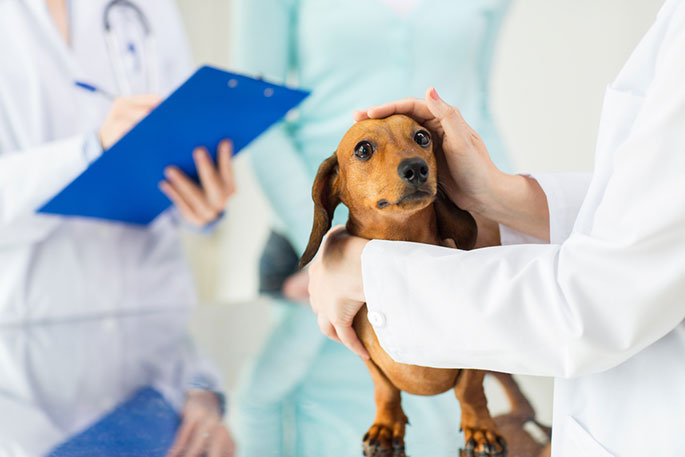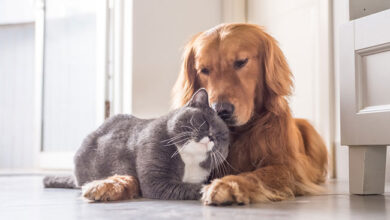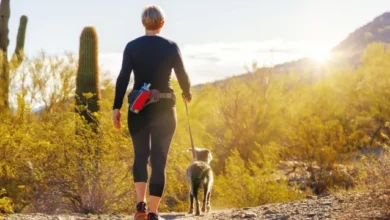
Intervertebral disc disease (IVDD) is a common problem with dachshunds and other long-backed breeds. IVDD requires careful rehabilitation and care if the dog is to have any hope of recovery. In this guide, we are going to discuss how best to care for your dog after an IVDD diagnosis.
Is Surgery an Option?
Your vet will advise you whether surgery is an option, but in general, surgery is expensive and not always successful. Conservative management of a dog with IVDD can often lead to a full recovery, but only if you are very careful to restrict your pet’s movements.
In this guide, we are assuming your dog hasn’t had surgery. If he has, then he will be under the care of a veterinarian and their advice will take precedence.
Cage or Crate Rest
To give a dog the best chance of a full recovery from IVDD, you need to restrict his movement for around six weeks, or until he is no longer showing signs of pain and can move normally. During this period, he should be confined to a crate or pen. This is for his own good. If your dog hasn’t been crate trained, create a penned in an area where he can rest, eat and drink. The smaller the pen, the better. The aim is to keep him still as much as possible.
Put your dog somewhere quiet, but close to you and the rest of the family so that he doesn’t feel isolated. He is likely to be anxious and depressed, so he will find it easier if you are around to provide some stimulation.
Make sure your dog is on the correct dose of pain relief and anti-inflammatories. IVDD is very painful, so he will need a strong dose of pain relief in the early days. This can be gradually reduced under the guidance of your vet.
Carry your pet outside for potty breaks. If he’s incontinent, which often happens when paralysis sets in, place plenty of puppy pads on the floor to mop up the mess. Have a few spare blankets and beds so you can interchange them when one is wet/dirty. You may wish to try using doggy diapers – some pet owners have success with these.
Rehabilitation
If a paralyzed dog shows no signs of recovery within two weeks of an IVDD diagnosis, he is likely to remain paralyzed. However, this needn’t be a death sentence. Most paralyzed dogs enjoy full and active lives. They adapt well to their condition and can soon rediscover their zest for life. Helping dogs walk again is made easier with dog carts, as these support the body and enable pets to get outdoors.
Once your pet has recovered from IVDD, it is important that you are very careful with him. Discourage jumping on and off the furniture, as this might precipitate another ruptured disc. There are steps available for small dogs to help them get on and off sofas and beds. Be careful with stairs, too. It’s best to carry small dogs up and down stairs, as this places less stress on their backs.
As always, listen to the advice of your vet after your dog undergoes any type of treatment.



